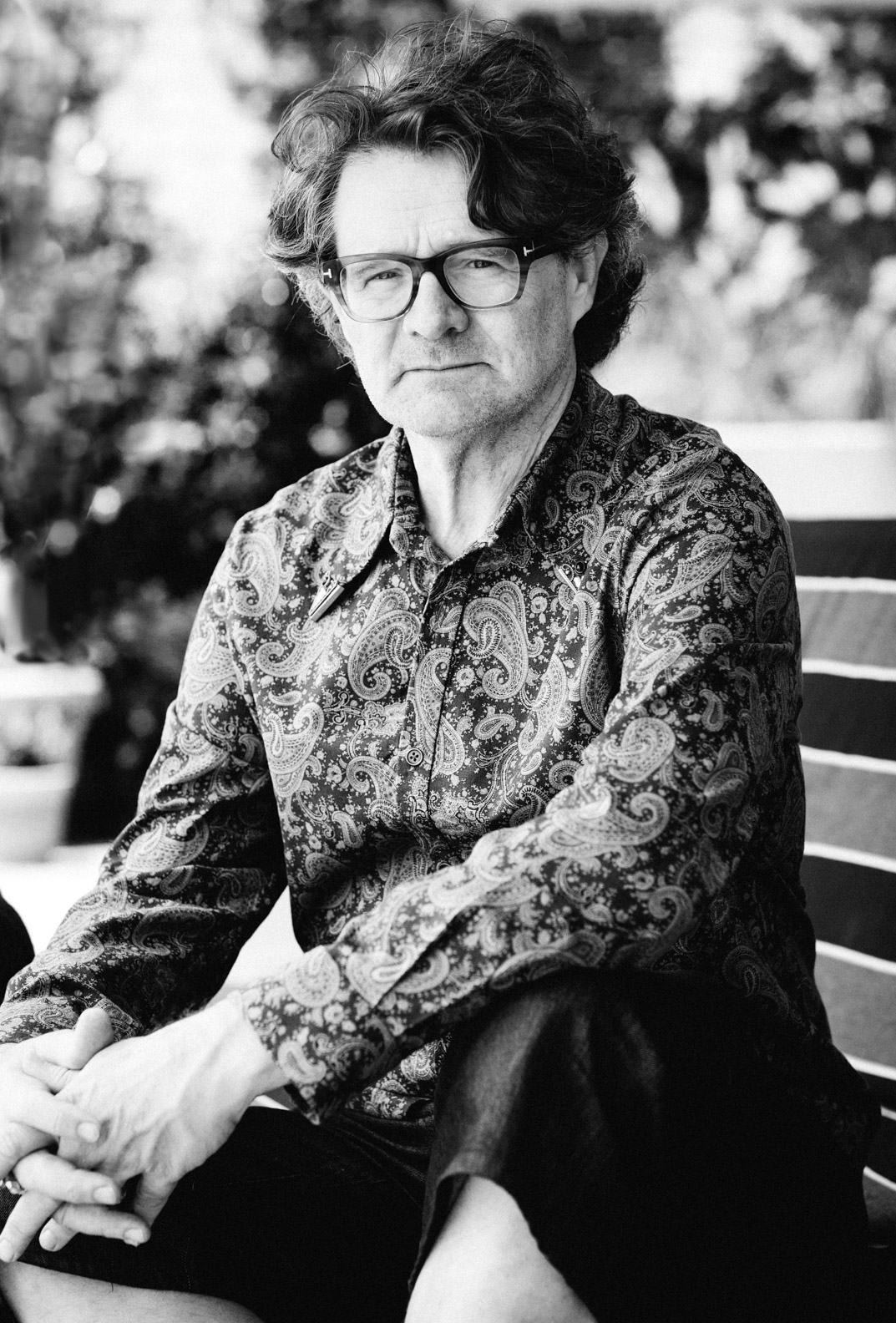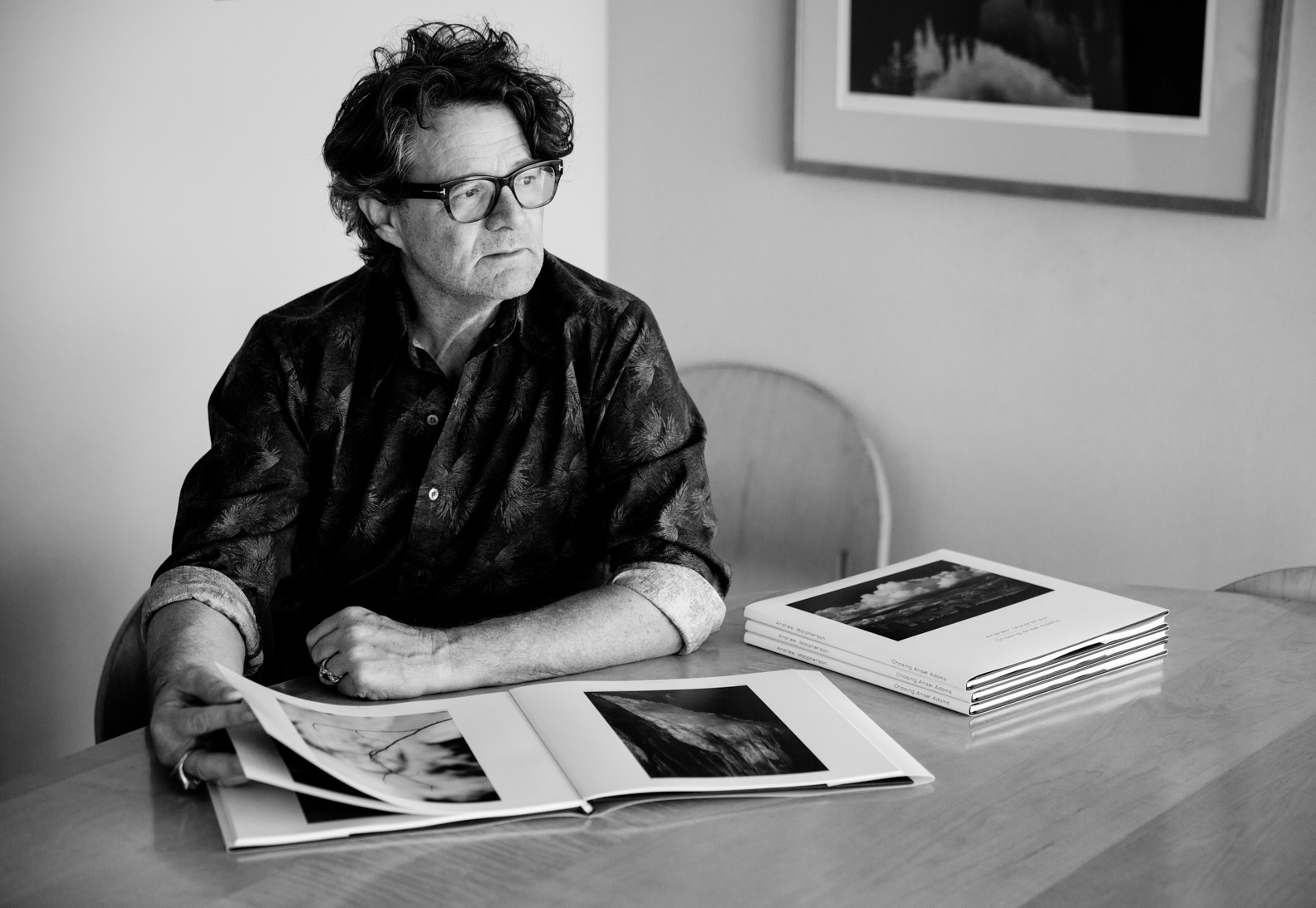
Andrew Macpherson’s father was a race car driver. This is both cool for obvious reasons and indicative of his career path for a less obvious one.
“One of the most important things in driving fast is looking far ahead,” he told me. “I’ve always had my eyes on what is happening to the people up the road from me. Ten years ago, I was very aware of where I would be now.”
Exactly where that is we’ll get to in a moment. But let’s focus first on the journey. Macpherson’s career could have gone the way of many big-name photographers from the 80s and 90s and faded with the digital revolution. That it hasn’t is a testament to both the foresight mentioned above, and the desire to indulge his other passions on the side even as he worked long hours.
“Things slide in and out,” he says. “It’s a bit like walking through the forest: you have a view from here one minute, and ten minutes later you find yourself looking at another view … Change is never easy for any of us, because change always involves discomfort. But when we’re in times of discomfort, change is the only constant. In one of his last interviews, Joseph Campbell said, ‘I always feel like the worst thing I did was tell people to follow their bliss. What I should’ve done is tell them to follow their blisters.’ If you’re prepared to put time and work and effort in, [your work] will lead you somewhere. Everything I’m able to do today comes from a result of following my blisters.”

But before we get there, let’s take it back to where it all began, in Hampshire just south of London in the early 1970s. At the mercy of an English school system that was ready to dispose of him, Macpherson was rescued by a charismatic photography teacher who wore a bright tie and looked like Charles Bronson.
“I thought, ‘Whatever he’s teaching, I want to learn,’ ” he says. “He made learning fun and he made it exciting. So that was it — I was hooked.”
Photography, a hobby he’d been dabbling in, all of a sudden became a viable career path. His interest in other subjects waned and within a year he was kicked out of school.
So, at 15, he headed north to London to pursue photography. His apprenticeships had him sweeping floors and drying dark room prints, but at night he’d hit London’s club scene. His first published work was of the opening of the Camden Dancehall in the mid-1980s.
“It was post-punk and deep New Romantics,” he says. “And they were really dressing up … [it was] this incredible world of extravagance.”
Maybe it was no surprise that he embarked on a career in fashion photography for the next ten years. The work was fun, and it was during this time that he experimented with digital photography for the first time. He says he believes he had a world-first with a digital cover of UK’s Elle magazine in 1992. But fashion photography also had him feeling like he was “looking down the barrel of a gun.”
“Fashion photography is not as exciting as you think it is on the outside,” he says. “A lot of the time you’re making uninteresting clothes pretty. I wanted to come and work in entertainment. I wanted to take pictures of people who were heroes, who were the icons of my generation.”
Already in love with California — the home of photographic role models of his like Ansel Adams — Macpherson moved in 1994. But getting into the Hollywood business was harder than expected. He caught a break when he connected with an actor he was hired to photograph for a magazine. They shared a love of motorcycles and the actor asked him to shoot stills for a movie he was working on. It was Daniel Day-Lewis.
“He gave me my career in Hollywood,” he says.
That career has pretty much ended in the last decade, as Macpherson finds himself “aged out” of a business that favors the next hot thing. He harbors no bitterness over the development. After all, he says, the same cycle — young editors, art directors and publicists that were looking for a style like his — allowed him to get his break as well, at first.
More importantly, like any good race car driver, he’s been preparing for this potential for years already. We’ve already written about his recent gallery show of fine art photography inspired by Ansel Adams. But it’s been his work stepping from behind the camera that’s most excited him.
For the past few years, he’s been heading the creative direction for a science-based skincare brand that looks to upend a closely contested market. Element 8 began as a lotion to help heal post-surgery wounds, but when its founders tried it on themselves, the results were very promising. Macpherson’s own introduction to the startup came through a frequent collaborator of his, who happened to fall in love with one of the main founders.
He found a lifetime spent visualizing ideas photographically could be expanded into logo and product design as well.
“It’s so much fun working on something that’s so good because it fires every cylinder. It gets every juice going because you want to share the story with the world,” he says. “You want people to know how amazing this is, and that in itself is inspiring. And the people that are doing it, they’re amazing people.”
Macpherson is reminded of one of his most cherished memories in his career: his time as U2’s photographer on four world tours.
“Anybody who is studying business should study U2,” he says. “The way that group of people worked together in business and creatively was absolutely incredible and really, really inspiring. I feel like I found my own band with this product and with this group of people.”

The ideas expressed here are solely the opinions of the author and are not researched or verified by AGEIST LLC, or anyone associated with AGEIST LLC. This material should not be construed as medical advice or recommendation, it is for informational use only. We encourage all readers to discuss with your qualified practitioners the relevance of the application of any of these ideas to your life. The recommendations contained herein are not intended to diagnose, treat, cure or prevent any disease. You should always consult your physician or other qualified health provider before starting any new treatment or stopping any treatment that has been prescribed for you by your physician or other qualified health provider. Please call your doctor or 911 immediately if you think you may have a medical or psychiatric emergency.


